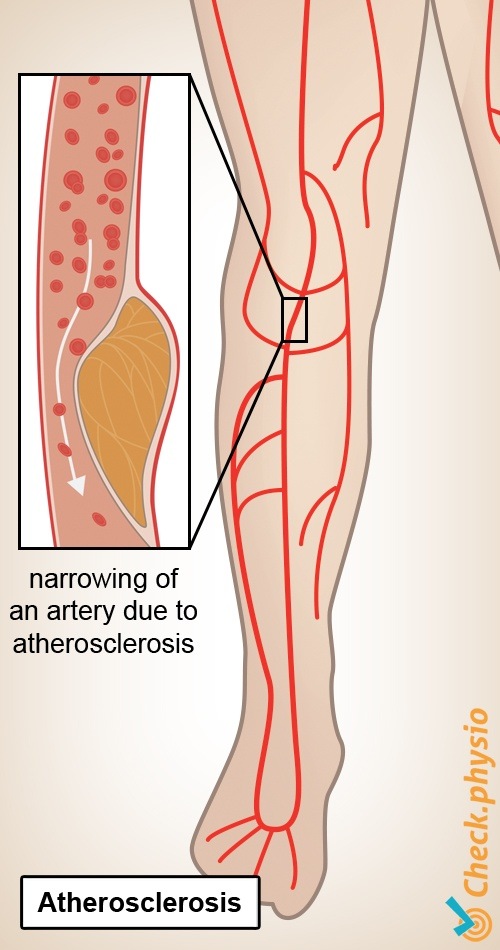A nurse is caring for a client who has peripheral arterial disease (PAD). Which of the following symptoms should the nurse expect to find in the early stage of the disease?
Dependent rubor
Intermitent claudication
Foot ulcers
Rest pain
The Correct Answer is B
The correct answer is B
Choice B reason: Intermittent claudication
Intermittent claudication is a characteristic symptom of PAD in the early stage, due to the reduced blood flow to the muscles during exercise. It is a cramping pain in the legs that occurs with walking and is relieved by rest.
Choice A reason: Dependent rubor is a sign of PAD in the advanced stage, due to the impaired vasodilation and reactive hyperemia. It is a reddish color of the lower extremities that occurs when they are lowered and disappears when they are elevated.
Choice C reason: Foot ulcers are a complication of PAD in the late stage, due to the poor wound healing and tissue necrosis. They are usually located on the toes, heels, or pressure points.
Choice D reason: Rest pain is another sign of PAD in the late stage, due to the severe ischemia and nerve damage. It is a persistent pain in the feet or toes that occurs at night and is not relieved by rest.

Nursing Test Bank
Naxlex Comprehensive Predictor Exams
Related Questions
Correct Answer is D
Explanation
Moving objects away from the client is an important action to take during a seizure, as it can prevent injury and protect the client from harm.
"Place the client on his back." is not correct, as it can cause airway obstruction and aspiration. The client should be placed on his side, preferably in a lateral recumbent position, to allow saliva and secretions to drain from the mouth.
"Restrain the client." is not appropriate, as it can cause injury, increase agitation, or prolong the seizure. The client should be allowed to move freely during a seizure, but supported and guided away from hazards.
"Insert a padded tongue blade into the client's mouth." is not advisable, as it can cause oral trauma, choking, or damage to the teeth. The client should not have anything inserted into his mouth during a seizure, as he cannot swallow or bite his tongue. The nurse should ensure that the client's airway is clear and patent.
Correct Answer is A
Explanation
The nurse should explain that cardiac enzyme studies measure the levels of certain enzymes, such as troponin, creatine kinase, and lactate dehydrogenase, that are released into the bloodstream when the heart muscle is damaged by an MI. These tests help determine the degree of damage to the heart tissues, as well as the timing and severity of the MI.
"These tests will enable the provider to determine the heart structure and mobility of the heart valves." is wrong because cardiac enzyme studies do not provide information about the heart structure and mobility of the heart valves. Other tests, such as echocardiography or cardiac catheterization, may be used for this purpose.
"Cardiac enzymes will identify the location of the MI." is wrong because cardiac enzyme studies do not indicate the specific location of the MI within the heart. Other tests, such as electrocardiography or coronary angiography, may be used for this purpose.
"Cardiac enzymes assist in diagnosing the presence of pulmonary congestion." is wrong because cardiac enzyme studies do not directly assess the presence of pulmonary congestion, which is a complication of heart failure. Other signs and symptoms, such as dyspnea, crackles, and chest x-ray findings, may be used for this purpose.
Whether you are a student looking to ace your exams or a practicing nurse seeking to enhance your expertise , our nursing education contents will empower you with the confidence and competence to make a difference in the lives of patients and become a respected leader in the healthcare field.
Visit Naxlex, invest in your future and unlock endless possibilities with our unparalleled nursing education contents today
Report Wrong Answer on the Current Question
Do you disagree with the answer? If yes, what is your expected answer? Explain.
Kindly be descriptive with the issue you are facing.
